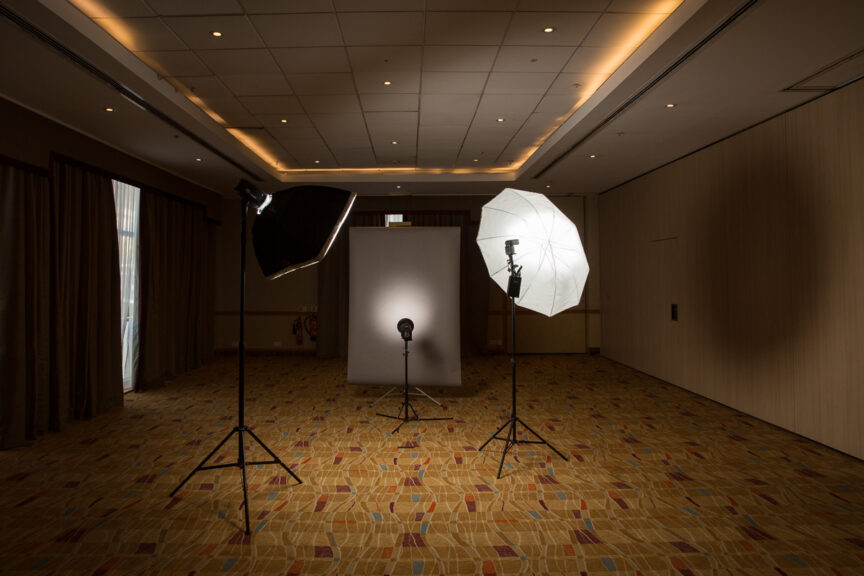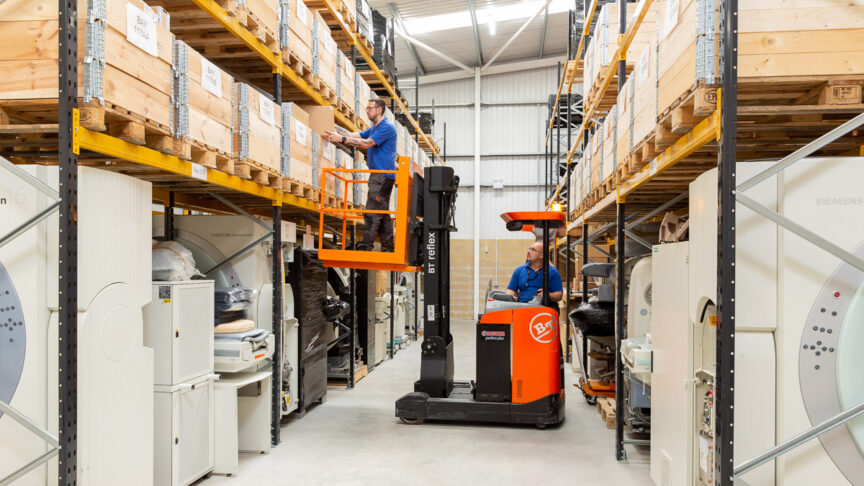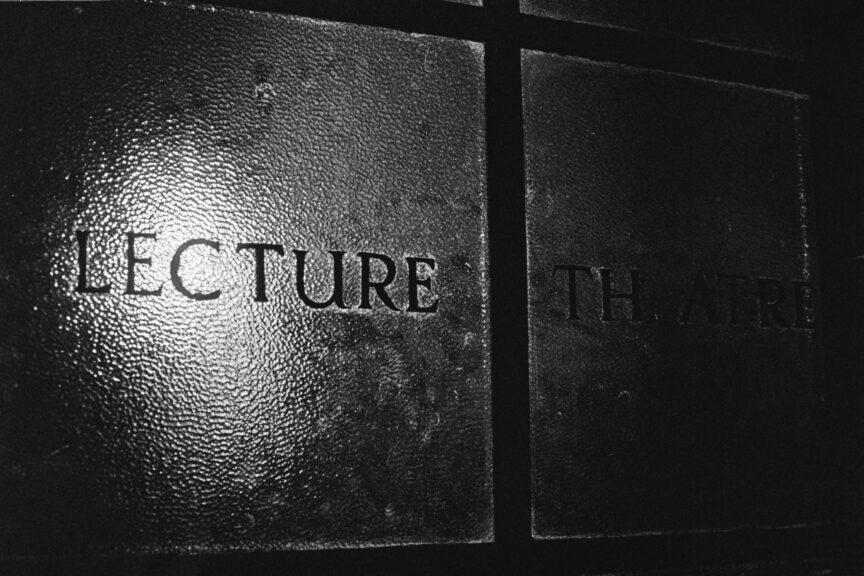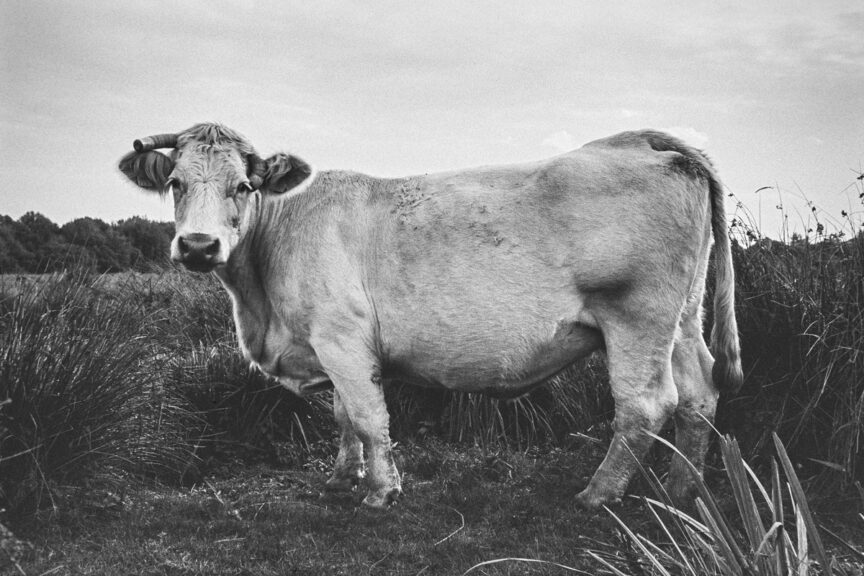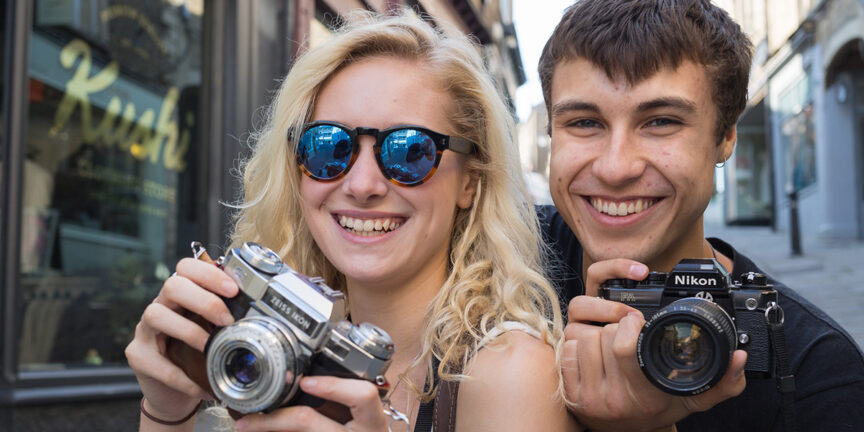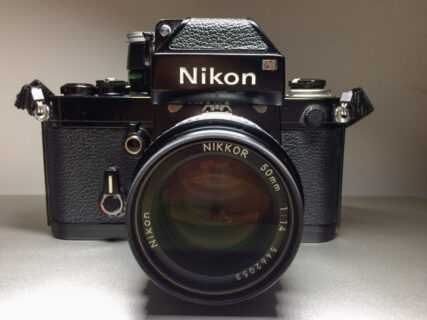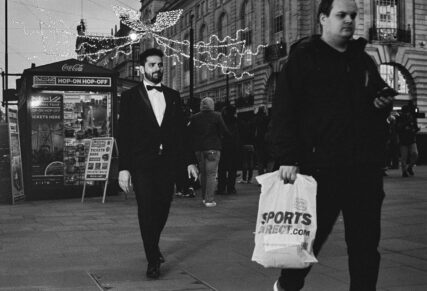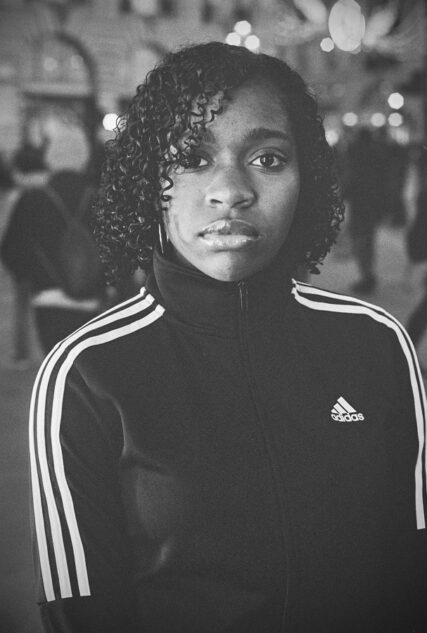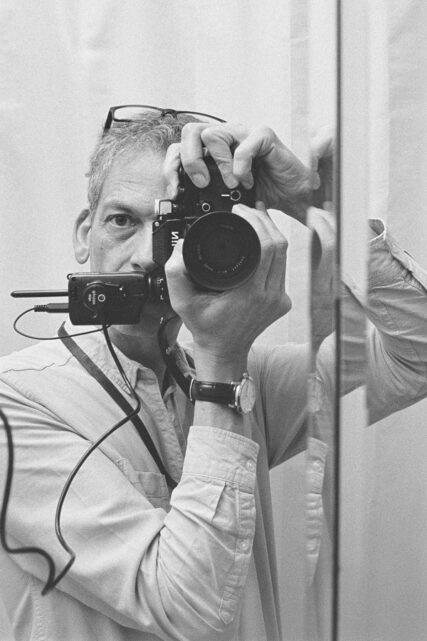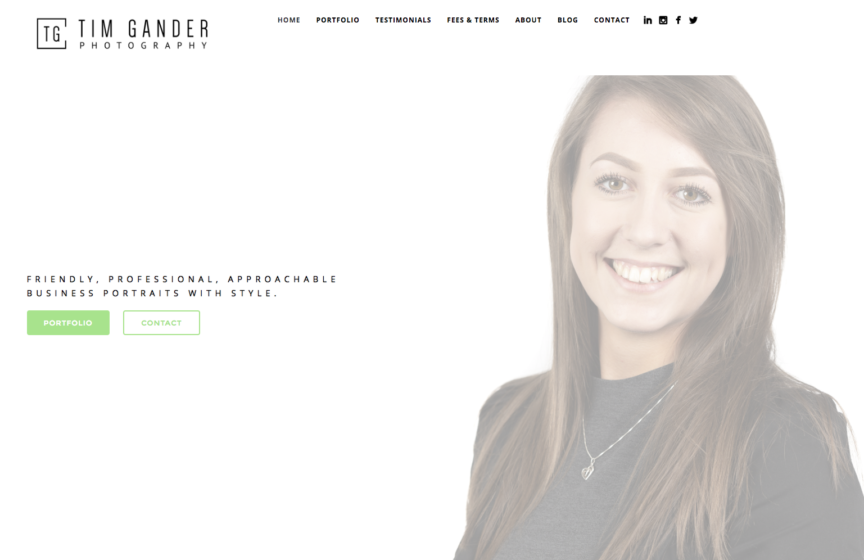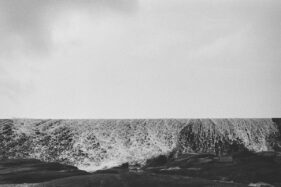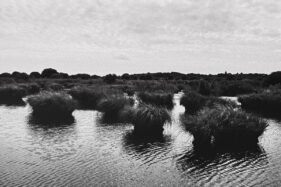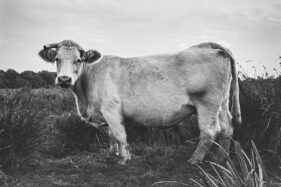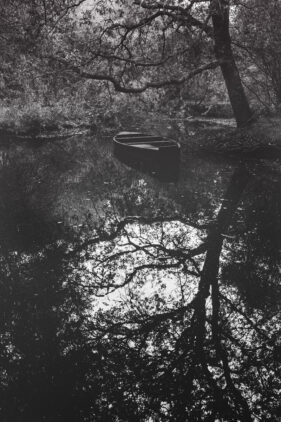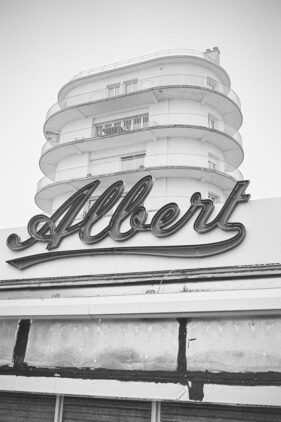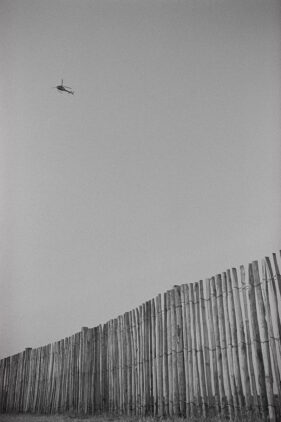I’ve been trying to wade through the results from the Cairncross Review into the future of high quality journalism in the UK. I’m not very good at analysing dense, copious amounts of data, but I care and want to try to see where local and regional newspapers are headed (apart from down the plughole).
What is striking is the content of some of the submissions to the call for evidence which are interesting (ish) reads, especially in the sense that they are a weird mix of kernels of truth and self-deceiving, massive pants-on-fire lies.
Check out this particular example from the now defunct Johnston Press, written by the then CEO David King:
“Legacy print publishers have struggled to adapt to the structural changes in the way content is consumed, limited by their geographic publishing models, falling ad revenues, circulation volumes and the need to increase cover prices. In some cases, constraints on investment have been exacerbated by the need to service legacy debt and closed defined benefit pension liabilities, as is the case at Johnston Press.
Yet despite this, to date the traditional publishers have sought to continue to invest in journalism, and remain by far the greatest investors in quality content creation, despite the need to reduce costs. The tech giants, who are the facilitators between audience and content, enjoy the revenue from surfacing this content while not contributing to its cost. These tech giants also control which content the audience sees and which audience a publisher can access. Moreover, they are largely unregulated.”
There’s so much to unpick on so many levels, all packed into just two paragraphs. Bear in mind also that within JP’s submission, their “facts and figures” don’t examine anything earlier than 2008, handily side-stepping the fact that it was their greed and incompetence since the early 1990s which crippled the pension scheme and ultimately led to the collapse of the entire business in 2018. As for “sought to continue to invest in journalism,” in all known universes, this stretches credulity far beyond snapping point.
Beyond JP’s corporate culpability it is too easy to dismiss the ‘traditional’ press as just a victim of progress, but whatever the causes, that which is displacing it does not have the same accountability, nor does it have any pretence to uphold democracy. All this is very dangerous indeed.
Also, these changes in local and regional papers is already affecting the nationals who traditionally relied on a steady flow of fresh, diverse talent from the news rooms and photography pools of the local/regional press. We are now well beyond the point where people without independent means could afford to work for national papers given the collapse in wages and freelance shift rates. The majority of voices we hear are those who can afford to work for the fun of it and their viewpoints largely reflect their relatively privileged positions.
I fear with the likes of Newsquest using the same insane business model as JP, this review and its conclusions have come too late to do anything meaningful beyond arranging the funeral for an industry which has no reason (beyond mis-management) to be a victim of progress or change. The Government is supposed to make some kind of response later this year. Who’s going to put money on that response being anything more than laying on some warm sausage rolls and cheap wine for the wake?


